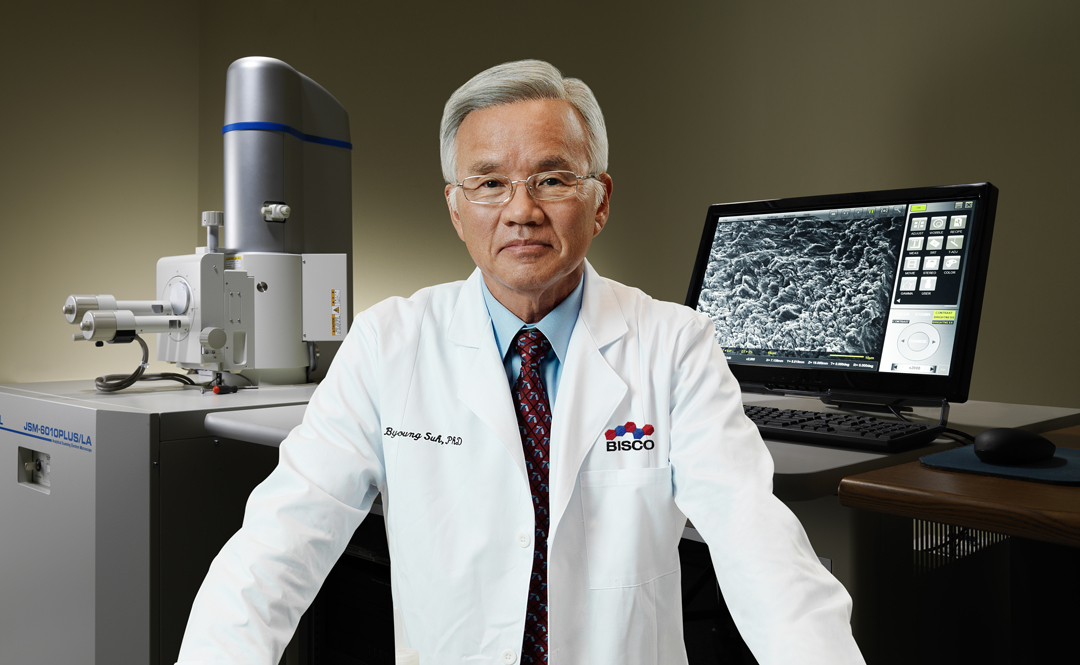By DEO MAP
A career development pathway is a roadmap for how we can provide coaching opportunities for team members that might not have a great career ladder to feel that sense of growth and development. Opportunities for growth within your role at work are exciting, and it’s important that everyone in your organization feels like they have a way to grow and learn.
Through the DEO Map: Culture framework, we can create better career development pathways and develop a method for your team members to get excited about their own personal growth.
Identifying different career development avenues
How can we create an environment where amazing clinicians stay super excited and engaged about staying in patient care? If everyone decides in three to five years that they don’t want to be dental hygienists or dental assistants anymore, that’s not going to be good for our patients. There’s still so much to do in the art and science of treating dental disease and treating patients; so many ways to improve how we do what we do.
Essentially, we need to build avenues that allow for growth within the organization and the industry that engages and stimulates the employee. If there’s too much information, it can be overwhelming and burdensome. If there’s too little, it can feel stagnant and slow paced. Find the sweet spot for you through some A/B testing and develop the framework that works for your organization.
Career trajectories aren’t a one-size-fits-all deal. Once you have begun to develop these trajectories for your organization, don’t make any customizations right away. Allow your teams to work through these trajectories as they are, giving them space to grow within the framework of what you have built. Celebrate the growth and development of each person as an individual, not based on how quickly they have worked through the program.
Once you have established this framework for career development, you need to revisit your training protocols to ensure that they align with what you are trying to accomplish.
Providing better training along the way
How can your teams improve without the proper training for what’s expected of them? If your employees are not given an opportunity to grow in your organization, they are probably going to grow out of your organization. As business leaders, we often find out that someone is growing out of the organization too late.
One of the ways that you can provide better training for your team members is to assess them for the gaps in knowledge that they might have and tailor your training experiences to those specific components. It’s not training for the sake of training but establishing an outcome and objective that your employees can meet. So much of the training provided to our team members is just a “knowledge dump” that we expect them to retain.
Give your team a say in what they’re learning – When you start to shove continuing education opportunities at your employees, many of them will feel like it’s a chore. The mindset will be “I have to show up and I have to do this because you are going to make me do it.” If we give them a say in what they are learning and have them participate in the process, they will be more motivated to learn if it’s something they have chosen.
Make it relevant – Make it relevant to your vision, to your customer, and to the role that the individual is in. Make it clear as to why this training actually contributes to what they are doing and what your company is trying to accomplish. The training has to solve problems and address pain points for specific positions in your company, and it’s your job to help your employees see and understand that.
Give your team a chance to apply it – Training without interaction isn’t always the best way to learn how to do something. Role play is often the best way for us to learn in a safe environment where we can practice something. If you’re rolling out a case acceptance technique, don’t just throw your team into a $5,000 case for the first time. Work with them. Let them practice and build up to it. Your team members will learn by engaging with the information that you have provided.
Make the goal clear – Your employees have to know what the goal is for the training you are providing. If you come in and start changing a bunch of systems and processes, people are going to think that all you want to do is change stuff. Whether the goal is to have a more engaged culture, a better patient experience, or get more efficient, it has to be clear and concise for the people who are working towards that goal.
Repetition, repetition, repetition – Repetition is key for the success of your training initiatives. People do not learn things the first, second, third, fourth or fifth time that you teach it to them. In some cases, your employees may have to hear something seven times before it actually connects. Repetition can be a gentle reminder in a variety of different voices and tones.
Connect new information with past experience – Stories can make a big difference during training. If you can connect your new training protocols with a past experience or story, your employees are much more likely to remember the story over the data or numbers that you have given them. Try to connect the new information to something familiar and memorable.





